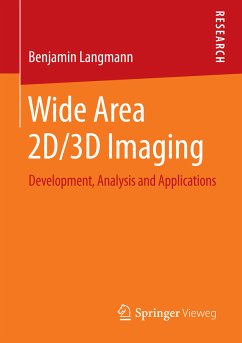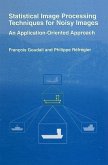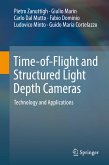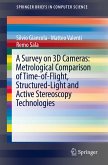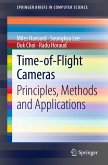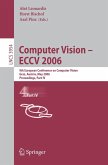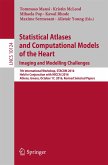Contents
- Long-Range 2D/3D Imaging
- Fundamentals of Time-of-Flight Cameras
- 2D/3D Camera Calibration
- Background Subtraction, Segmentation and Tracking
Target Groups
- Graduate students and scientists of computer sciences and engineering
- Engineers in research and development of safety engineering and automation technology
The Author
Benjamin Langmann studied computer science and mathematics at the Technical University of Braunschweig, received a doctorate degree from the University of Siegen and leads now the research group "Industrial and Medical Imaging" at the Institute for Measurement and Automatic Control of the Leibniz UniversityHannover, Germany.
Dieser Download kann aus rechtlichen Gründen nur mit Rechnungsadresse in A, B, BG, CY, CZ, D, DK, EW, E, FIN, F, GR, HR, H, IRL, I, LT, L, LR, M, NL, PL, P, R, S, SLO, SK ausgeliefert werden.

